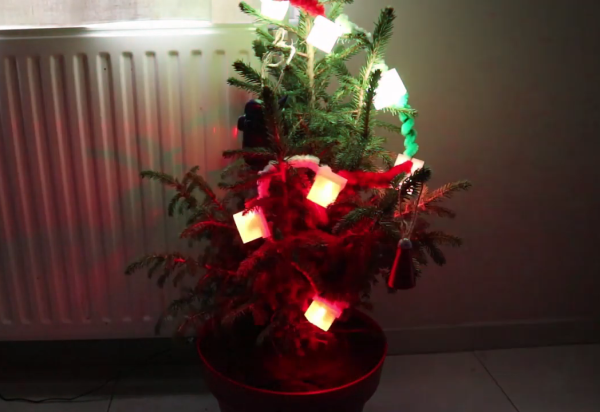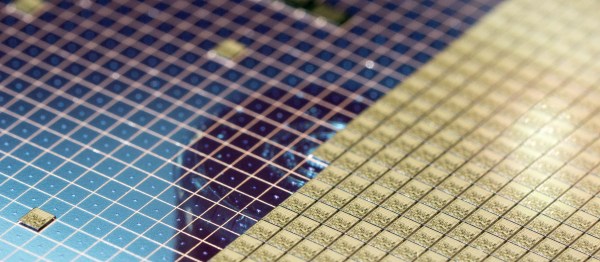With open source software, we’ve grown accustomed to a certain level of trust that whatever we are running on our computers is what we expect it to actually be. Thanks to hashing and public key signatures in various parts in the development and deployment cycle, it’s hard for a third party to modify source code or executables without us being easily able to spot it, even if it travels through untrustworthy channels.
Unfortunately, when it comes to open source hardware, the number of steps and parties involved that are out of our control until we have a final product — production, logistics, distribution, even the customer — makes it substantially more difficult to achieve the same peace of mind. To make things worse, to actually validate the hardware on chip level, you’d ultimately have to destroy it.
On his talk this year at the 36C3, [bunnie] showed a detailed insight of several attack vectors we could face during manufacturing. Skipping the obvious ones like adding or substituting components, he’s focusing on highly ambitious and hard to detect modifications inside an IC’s package with wirebonded or through-silicon via (TSV) implants, down to modifying the netlist or mask of the integrated circuit itself. And these aren’t any theoretical or “what if” scenarios, but actual possible options — of course, some of them come with a certain price tag, but in the end, with the right motivation, money is only a detail.
Continue reading “36C3: Open Source Is Insufficient To Solve Trust Problems In Hardware”



















